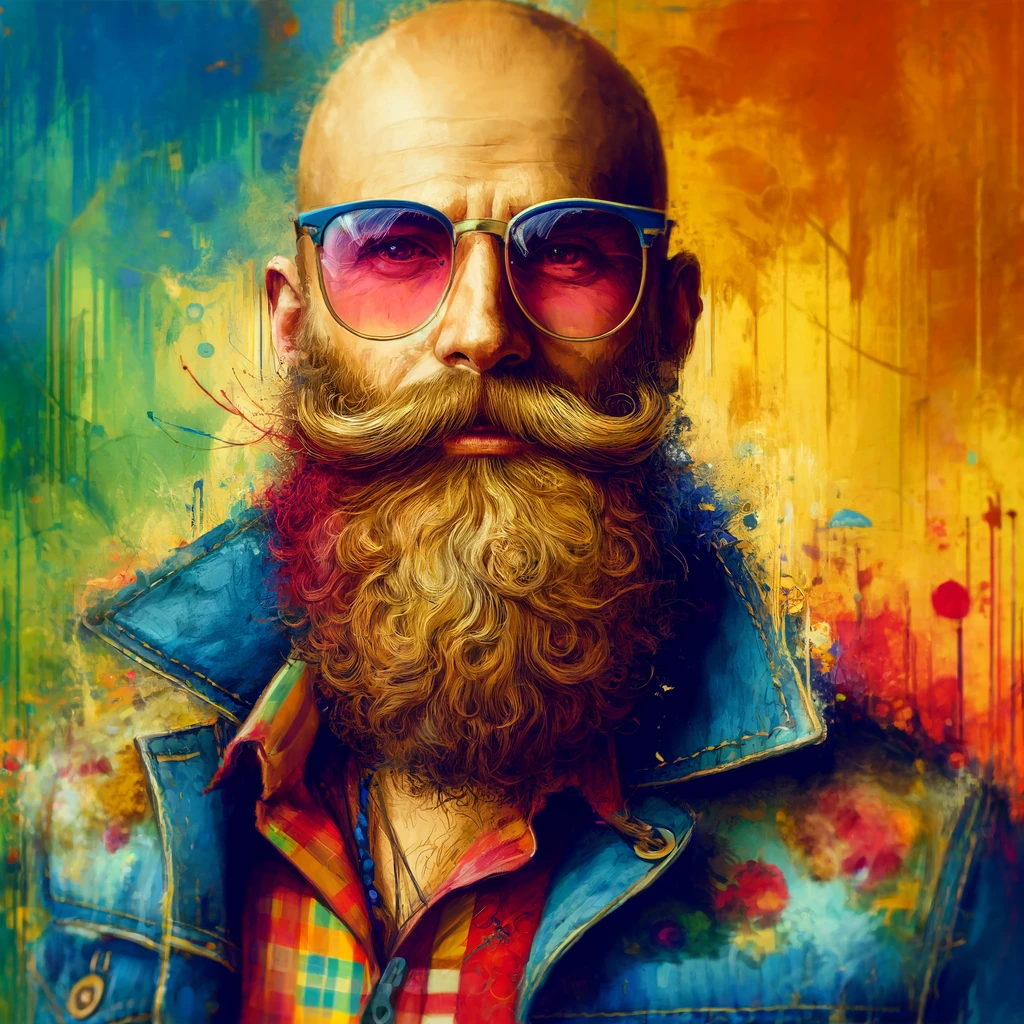Embracing the New Dawn: The Art of AI Integrationism
Hello Insightful Readers,
In today’s edition, we delve into a captivating intersection of art, technology, and cognitive bias – specifically, the world of AI Integrationist art. This emerging art form, blending artificial intelligence and human creativity, pushes the boundaries of traditional art, inviting both admiration and skepticism.
Let’s explore how cognitive biases may hinder the openness to the legitimate ideas of AI Integrationist art, its societal implications, and why overcoming these biases is crucial.
The Intersection of Bias and AI Integrationist Art
Technophobia and Automation Bias: Fear and distrust of new technology can be profound. Many view AI Integrationist art through a lens of skepticism, primarily due to its technological underpinnings. This bias not only undervalues the creativity and innovation behind this art form but also ignores its potential to revolutionize the art industry.
Economic Implications: In a rapidly evolving economy, where automation and AI are becoming central, dismissing AI Integrationist art equates to ignoring a significant shift in economic dynamics. This art form represents a fusion of creativity and technology, heralding new job opportunities, market sectors, and economic models.
Evolved Biological Preferences: Our brains are wired to prefer familiar patterns and concepts, a bias that extends to our artistic tastes. AI Integrationist art challenges these ingrained preferences by presenting novel, often unconventional aesthetics. This evolutionary bias can make us less receptive to the fresh perspectives offered by AI-created art.

Beyond the Canvas: Societal Impacts
Status Quo Bias: Many hold a deep-rooted belief that art must be purely a human endeavor. This resistance to change overlooks the fact that art has always evolved with technology – from cave paintings to digital creations. AI Integrationist art is simply the latest step in this ongoing journey.
Anthropocentric Bias: The belief that human beings are the central or most significant entities in the universe. This bias can lead to the notion that AI, being non-human, cannot possibly contribute meaningfully to the realm of art. Such a view disregards the collaborative nature of AI Integrationist art, where human imagination and AI capabilities merge.
The Harm in Yielding to Bias
By succumbing to these biases, we risk not only stifling artistic innovation but also hindering broader societal and economic progress. AI Integrationist art is not just about the artwork itself; it’s a symbol of our adaptability and openness to the future. Rejecting this art form based on biases rooted in fear, tradition, or misinformation is to turn away from the evolving nature of human expression and potential economic growth.
Embracing the New Artistic Horizon
AI Integrationist art challenges us to expand our definition of creativity and to embrace a future where technology and human ingenuity coalesce. Let’s not let our biases blind us to the beauty and opportunities this new form of art presents. By overcoming these biases, we open ourselves to a world rich in diverse expressions and unexplored economic avenues.
Stay curious and open-minded,
Cognitive Bias Detector
Hipster Energy Team







